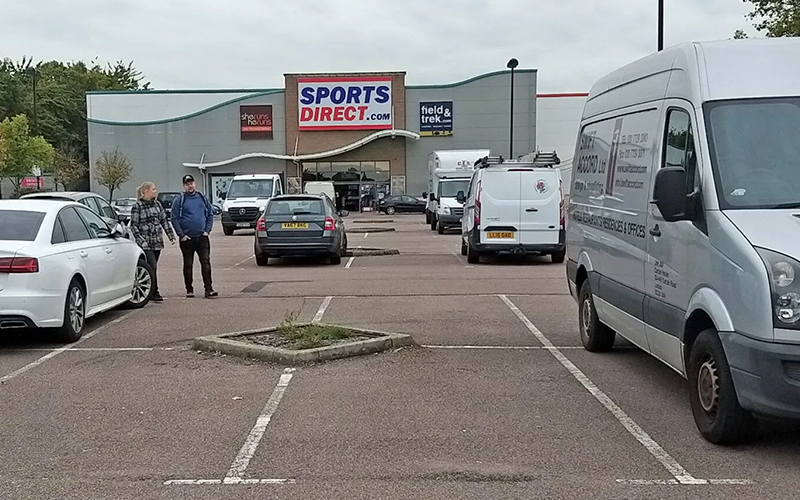
The implications of value engineering in tree pit installation
The balance between cost-efficiency and sustainability is often precarious in urban development.
One area where this tension is acutely felt is the installation of tree pits. Value engineering, reducing costs without compromising functionality, can have significant implications for urban trees’ establishment and long-term health, as Accredited Supplier GreenBlue Urban discuss.
The importance of proper tree planting
Ideally, trees should be planted in their natural environment - in a soft landscape - where the soil and conditions closely mimic those found in nature. In soft landscaping, trees benefit from:
- Natural soil conditions: enhanced water and nutrient availability
- Reduced compaction: less interference from artificial structures, leading to healthier root systems
- Minimal maintenance ensures the early establishment of the tree
However, urban settings often necessitate tree planting in rugged landscapes, where conditions are less than ideal. The value engineering principles can either support or undermine the successful establishment of trees in these landscapes.
Challenges in hard landscaping
Rugged landscapes, such as pavements and roadways, present unique challenges for tree planting:
- Soil Compaction: Increased compaction limits root growth and water infiltration.
- Limited Soil Volume: Constrained space for root expansion, impacting tree stability and health.
- Obstructions: Adjacent infrastructure, like highways, necessitates robust root management strategies.
Despite these challenges, trees can thrive even in complex landscapes with the right approach and tools.
RootSpace: a solution for urban tree planting
GreenBlue Urban’s RootSpace system is designed to address these challenges head-on. Here’s how RootSpace compares to other systems and why it stands out:
- Enhanced Soil Volume: RootSpace offers the highest soil volume per cell, crucial for water availability and nutrient access.
- Superior Load Bearing: BBA-approved, ensuring reliability and reducing the risk of failure.
- Innovative Design: Features like the AirDeck provide essential soil aeration, preventing anaerobic conditions that harm tree roots.
- Side Loading Feature: Optional side panels enhance lateral stability and reduce settlement risk.
RootSpace has demonstrated superior performance in the hard landscape compared to other systems. Trees planted with RootSpace in hard landscapes often outperform those in soft landscapes due to:
Optimised conditions within the soil cells ensure that root growth is maximised. Effective irrigation and aeration systems provide trees with the necessary water and oxygen. These engineered soil cells also reduce soil compaction, creating a controlled environment that fosters healthier and more robust trees, even in challenging urban settings.
GreenBlue Urban stresses the crucial role of regular maintenance in tree health and longevity. Regular watering, nutrient provision, and regular monitoring of soil conditions for compaction and aeration are essential. Adapting to urban challenges with innovative systems like RootSpace can effectively mitigate the adverse effects of challenging landscapes, ensuring young trees thrive throughout their establishment period.
Value engineering should not compromise the health and longevity of urban trees. By investing in advanced solutions like RootSpace, cities can ensure that trees survive and thrive, contributing to greener, more sustainable urban environments. GreenBlue Urban’s RootSpace Installation Guide is an essential resource for anyone involved in urban tree planting, providing detailed instructions and highlighting the benefits of using the right system for the job.
